Woman Still Waiting for Former Japanese Soldiers 80 Years After the Imphal Operation
“Mr. Kimura, I am still here. Please come back soon. Mr. Kimura, I love you.”
This year marks the 80th anniversary of the Imphal Operation conducted by the former Japanese army. In March, I followed the ‘White Bone Road,’ which has a deep connection to the Imphal Operation, traveling from Kalemyo in northwestern Myanmar to a small village nearby. This journey was to reunite with a woman I met in that village four years ago.
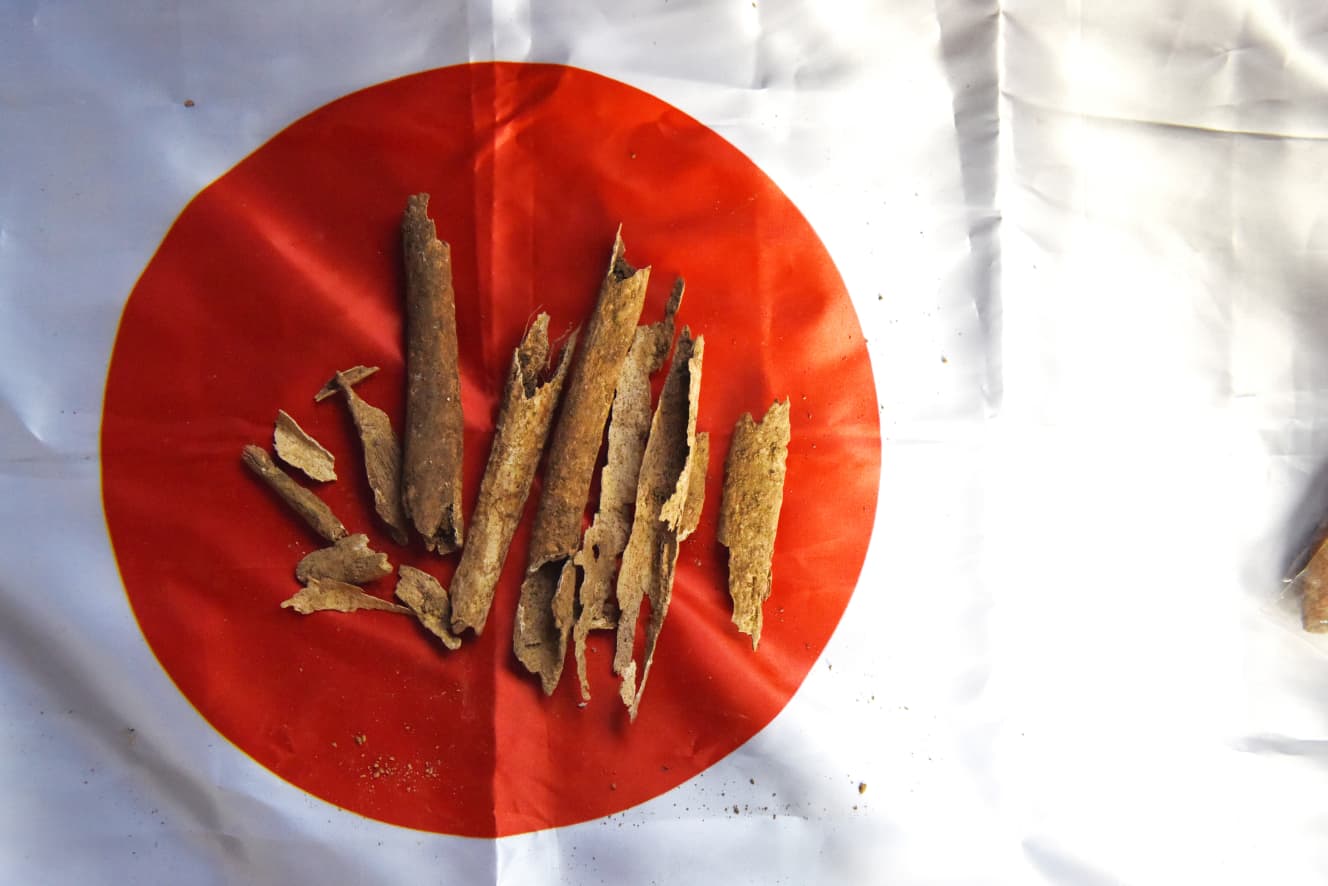
Chin State in northern Myanmar, many remains are still waiting for approval and repatriation by Japan’s Ministry of Health, Labour and Welfare in plastic cases.
Her name is Dora Kyi (age 93 at the time). During World War II, she is said to have cared for former Japanese soldiers participating in the Imphal Operation at a local hospital. The opening line was spoken by her when we first met.
The Imphal Operation, still mocked as a “foolhardy plan,” took place from March to July 1944. The objective was to capture the city of Imphal in northwest India, which was under British control, by crossing the Arakan Mountains from a former Japanese military base near the Burma (now Myanmar) border. They were given only three weeks’ worth of supplies. Despite 90,000 soldiers undertaking the grueling 470 km journey, the operation disintegrated due to fierce British attacks and food shortages. Soldiers left behind in the battlefield attempted to return, but more than 30,000 died, and over 40,000 fell victim to starvation, disease, and British attacks.
Tiddim Road in northwestern Myanmar is known locally as the “White Bone Road.” At that time, the road was strewn with the remains of former Japanese soldiers who had died from starvation and disease. Eventually, their bodies turned into bones. The “white bones” of the “White Bone Road” refer to the remains left along the road.
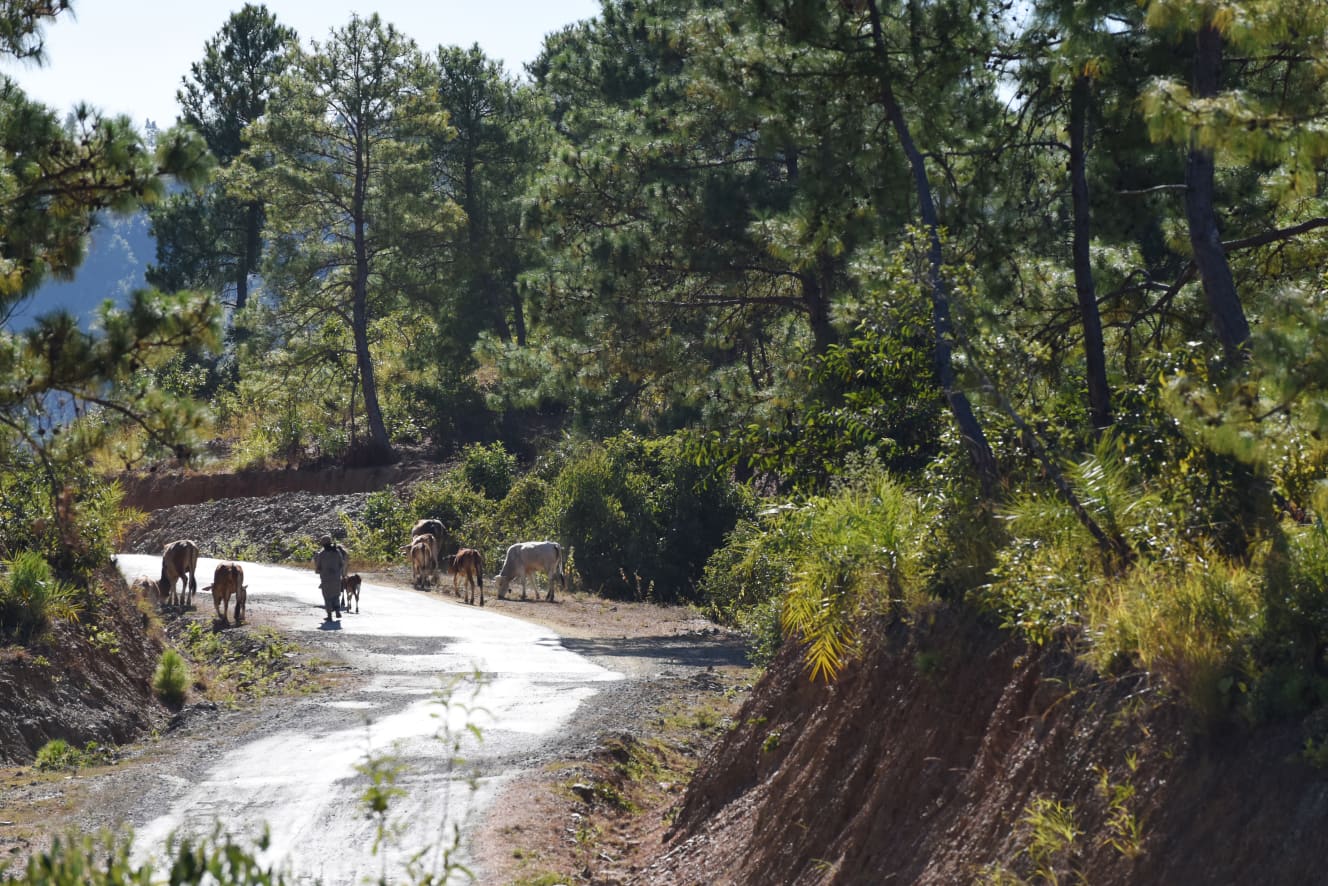
When we first met, Dora Kyi was bedridden and receiving home care from her family. Despite her frail appearance, when I asked her about the former Japanese soldiers she interacted with 77 years ago, I could see a strong vitality and spirit lighting up her eyes.
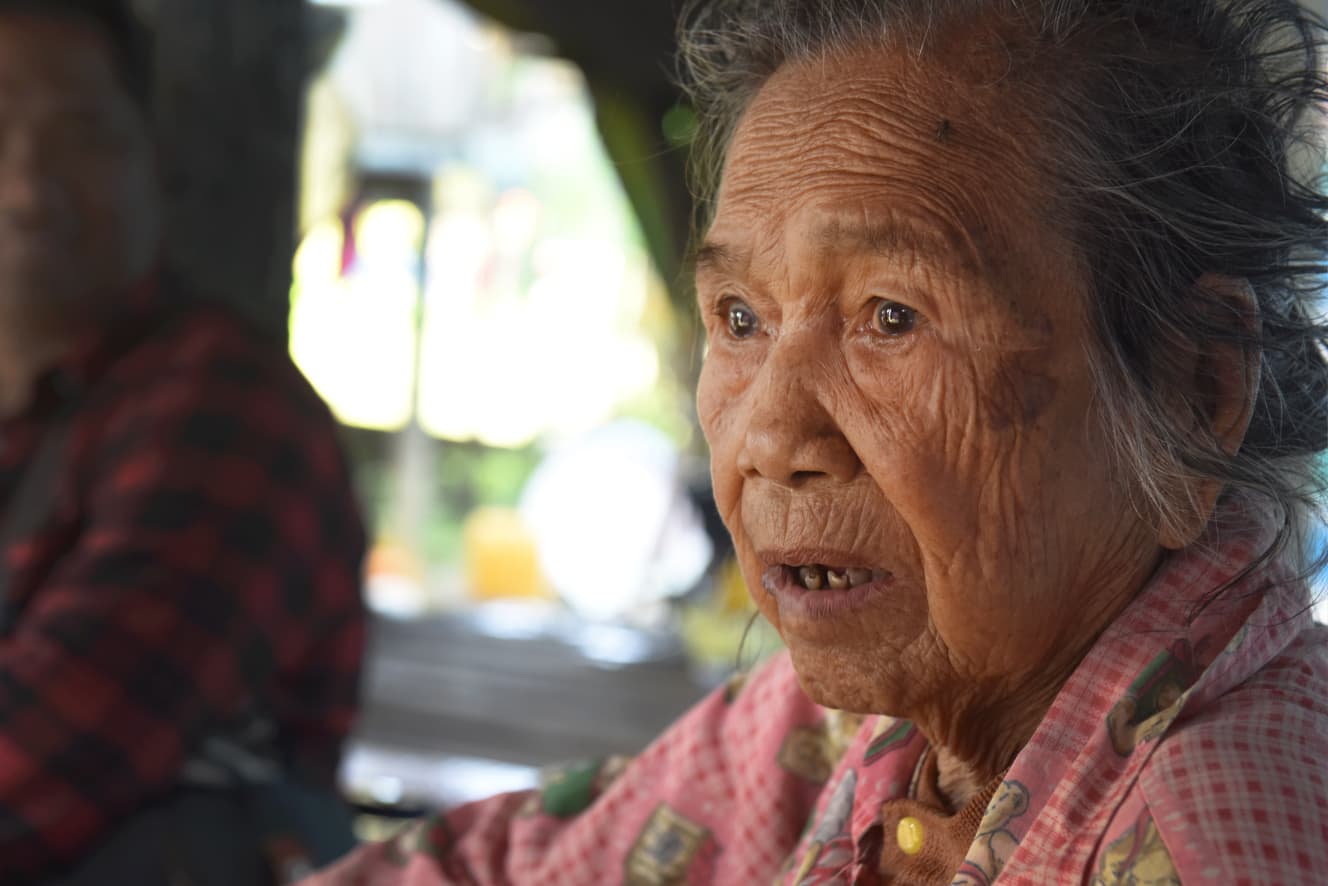
“I talked a lot with the Japanese soldiers back then. They even taught me Japanese. For example, ‘musume,’ ‘okaasan,’ ‘kome’…”
At that time, she was 16 years old. In the year Burma was conquered by Japan, she worked as a caregiver at a local hospital, interacting with the former Japanese soldiers just before the Imphal Operation. Among them, there was one person she could never forget.
“His name was ‘Mr. Kimura.’ I didn’t know his first name. We called him ‘Kimura-shinchou.’ He was 28 years old at the time. He was very handsome and often gave me biscuits and sweets. I also brought homemade dishes for him, and every time he kindly talked to me. I liked him very much.”
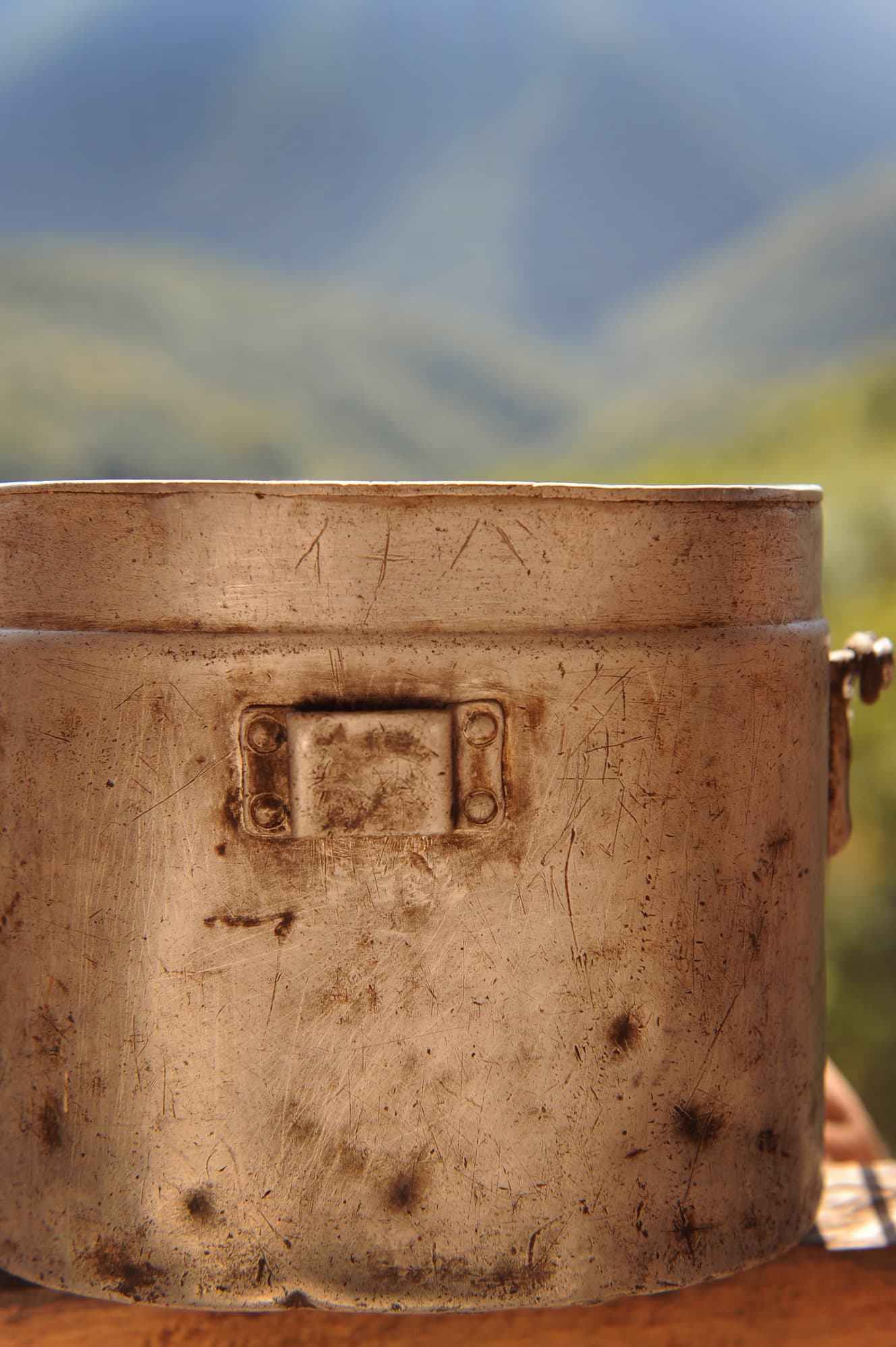
Two years later, the Imphal Operation began, and “Mr. Kimura” also participated in the operation. As mentioned earlier, this operation ended in a disastrous result. According to Dora Kyi, he returned to this area barely alive, having been ravaged by hunger and disease. Despite his wounds not having healed, he had to return to Japan. They promised to reunite when they parted ways, but that promise was never fulfilled.
“I really wanted to see him, and I cried every day. I waited for him for about three more years, but to survive in the small village, I had no choice but to marry and settle down.”
Even now, the area, scarred by the effects of World War II, is in the midst of a civil war triggered by a coup by the military that once held power. Four years since meeting her and over 70 years of cherishing memories of “Mr. Kimura,” we explore the current life of Dora Kyi.
In the early morning of March 2024, I headed from the city of Kalemyo to the small village where Dora Kyi lives. In Kalemyo, daily clashes between the military and democratization forces were ongoing, with gunfights in the mountainous areas during the day and in the city at night becoming a routine. The blazing sun and the constant tension of not knowing when fighting might erupt caused beads of sweat to form on my forehead. That day, there were more than ten bombing sounds heard in just the morning.

Two deep green dump trucks, packed with about 15 soldiers each, sped by with blaring horns, kicking up white dust. Passersby avoided eye contact and kept their heads down. The city was populated mostly by the young and the elderly, with few men in their 30s and 40s. Perhaps they were involved in the fighting.
After being jostled around in the vehicle for 15 minutes, I encountered a military checkpoint blocking the road. A young man, looking to be in his early 20s and dressed in military uniform, approached my vehicle with a thick cigar in his mouth. He peered into the car without blinking and glared at me with bloodshot eyes.
“Where are you going? What’s your purpose? Show me your belongings. You don’t have a camera, do you?”
After a tense three-minute interrogation, during which no one smiled, I finally passed the checkpoint. As I continued driving, I glanced around and saw a vast sunflower field stretching out.
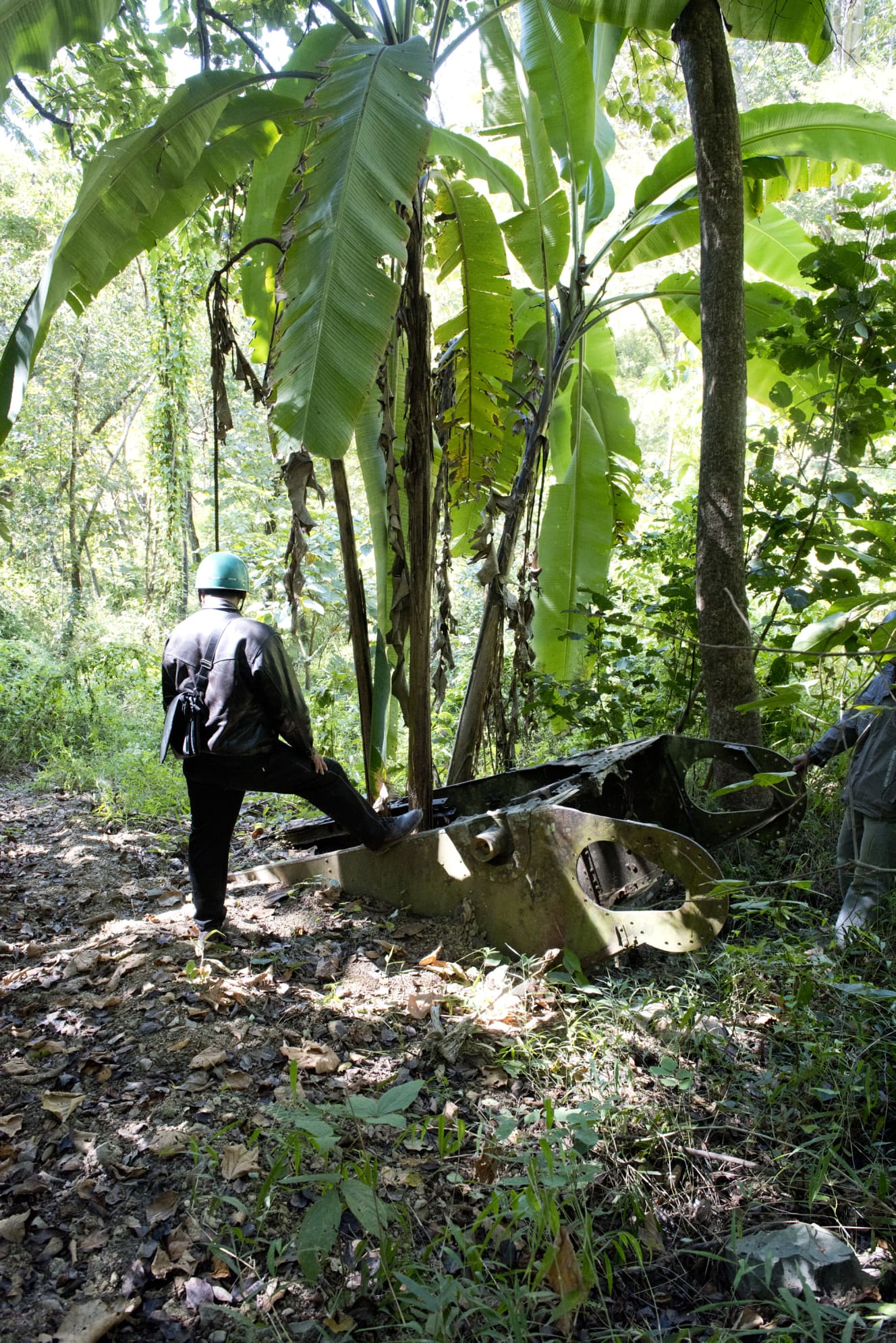
“This child is my daughter, and my grandmother named her ‘Kimura Chibu.’ She must have wanted to remember him very much.”
Ms. A smiled with deep emotion and gently admonished her daughter, who had gone outside without applying the protective skin ointment known as “thanaka.” When I asked about Dora Kyi’s current condition, she looked down sadly.
“Thank you very much for coming all the way here. Although you came all this way, Dora Kyi is no longer with us.”
Unfortunately, she had passed away. The grave, which I was guided to, was located in a collective cemetery about a five-minute walk from the village, right next to a military outpost, off a side road. Due to strict military surveillance, even family members rarely get access.
“As you can see, we haven’t been able to even cut the grass. I’m very sorry about that.”
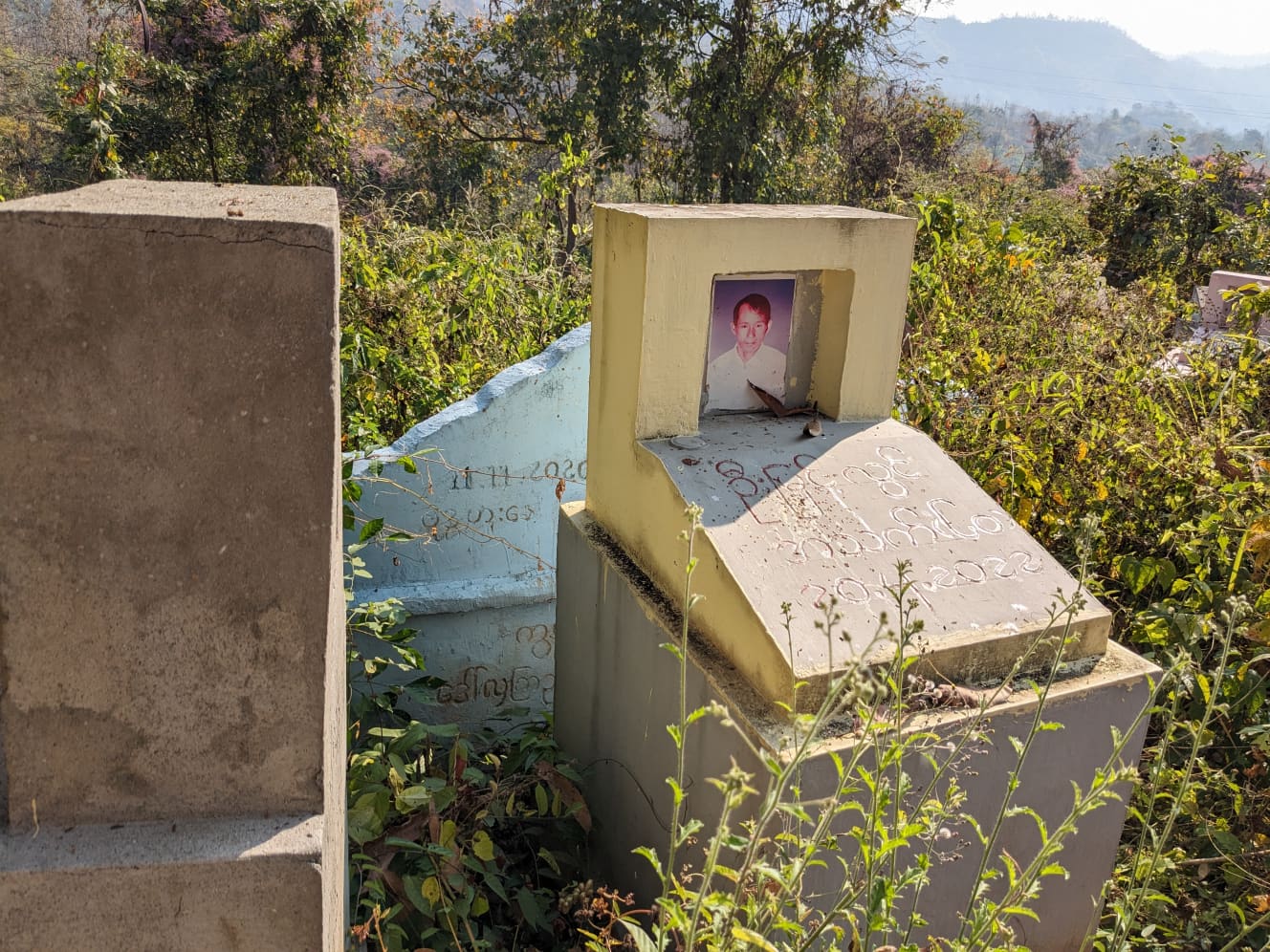
As Ms. A cleared away the overgrown grass, the date of death was confirmed: “November 2020. Age 94.”
When Dora Kyi passed away, little Kimura Chibu, who was only three at the time, could not accept the death of her beloved great-grandmother and cried for days. Now that she is six and understands what happened, she is of school age, but unfortunately, her school has been requisitioned by the military, so she has been spending her time at home with her siblings. When asked how she feels about having a Japanese name, she replied:
“I’m very happy. I like Japan.”
With that, she shyly hid behind her mother. After 80 years, traces of the former Japanese army remain in this form. What kind of person was “Mr. Kimura” whom she cherished? How did he live after returning to Japan? And did he remember her, left behind in distant Burma?
About 4,600 kilometers from Tokyo, Myanmar continues to be plagued by new conflicts, with the scars of World War II still visible.
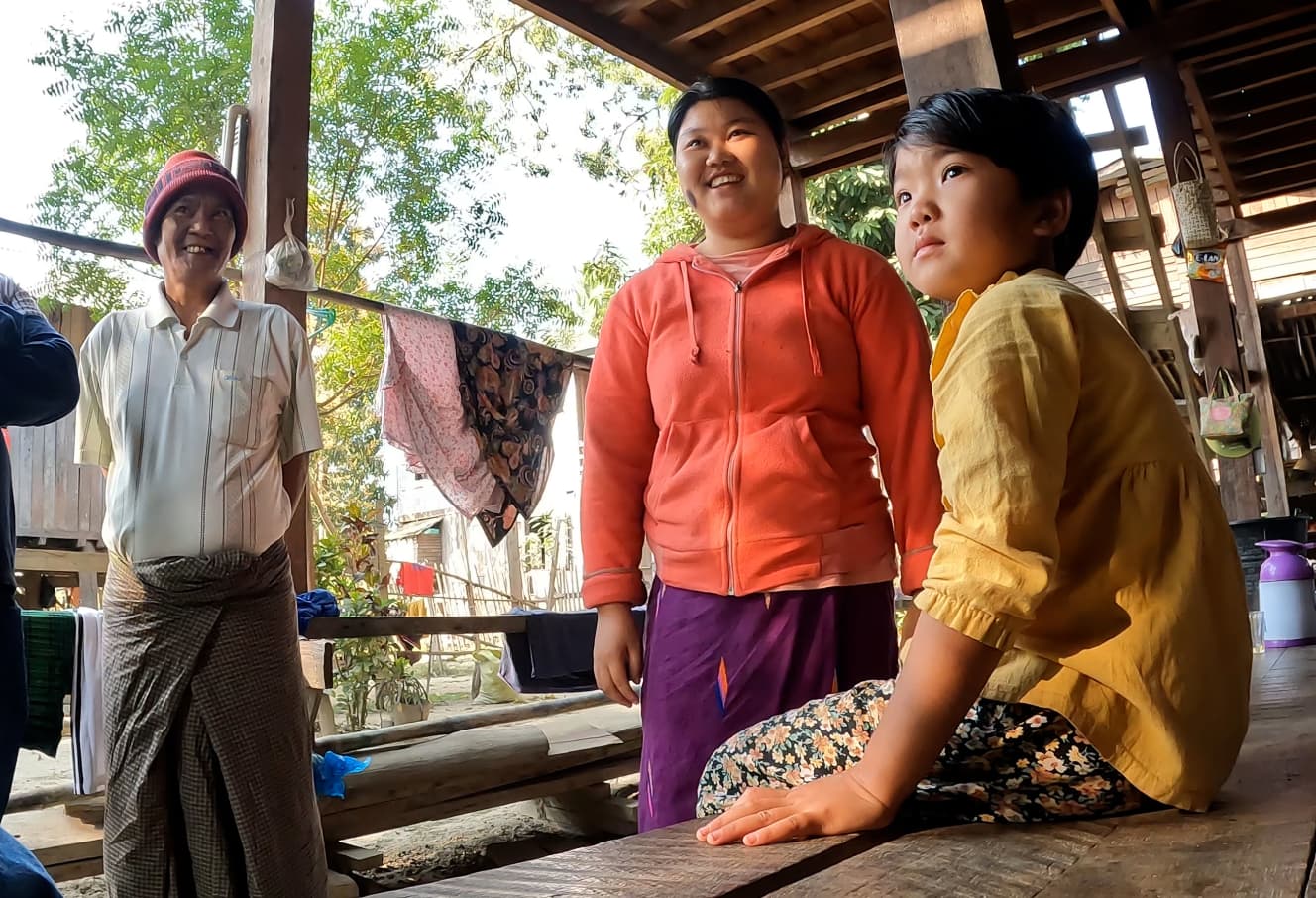
Photo & Text: Reiko Takema